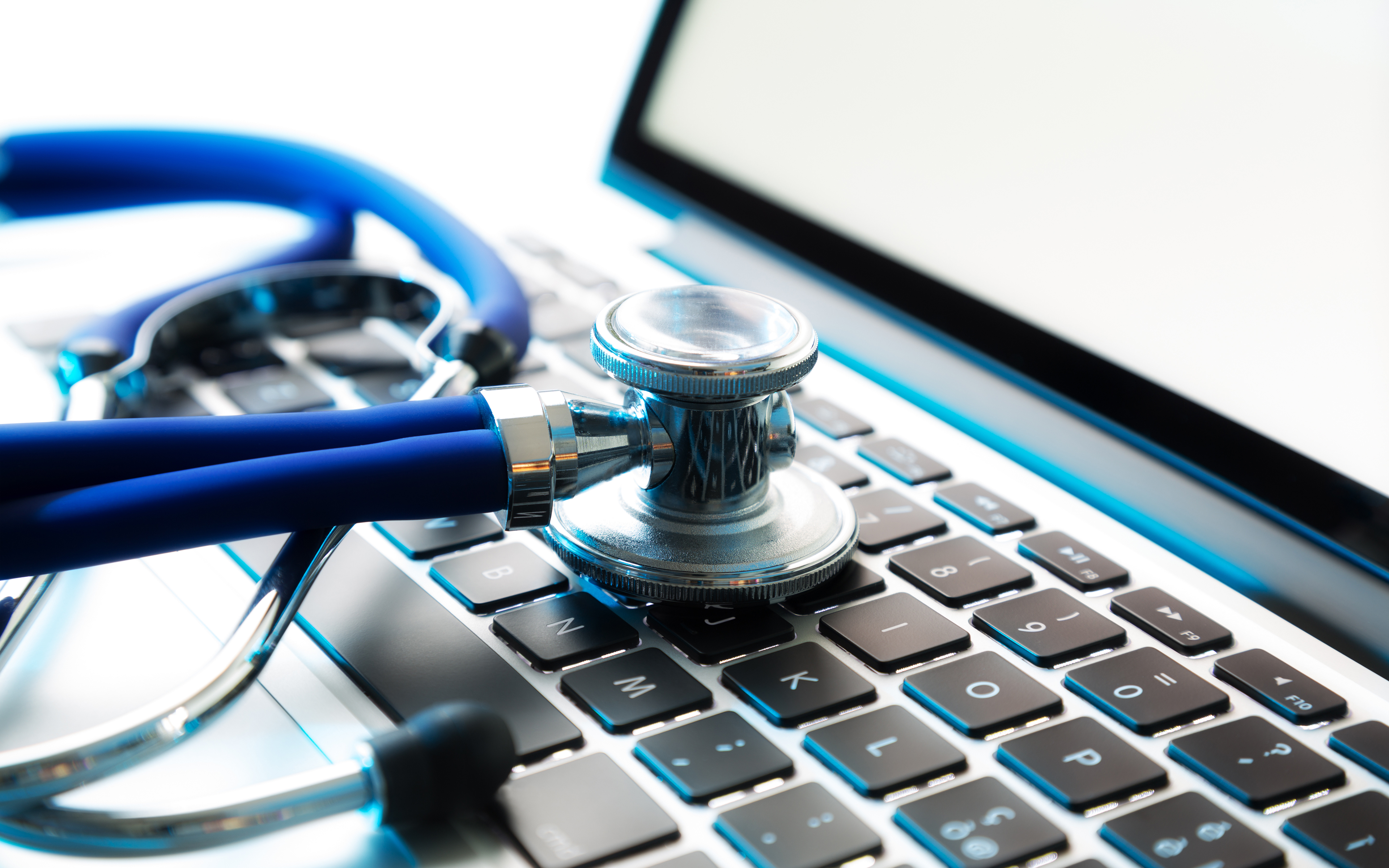On April 1, 2020, the Centers for Disease Control and Prevention (CDC) announced a new ICD-10-CM code to document the diagnosis of COVID-19. The CDC originally planned to implement this code on October 1, 2020, but expedited the implementation due to the rapid spread of the novel coronavirus. The American Medical Association (AMA) and the Centers for Medicare and Medicaid Services (CMS) also implemented Current Procedural Terminology (CPT) and Healthcare Common Procedure Coding System (HCPCS) codes allowing providers to charge for COVID-19 tests. Due to these changes, many healthcare organizations are assessing whether they have adequate resources to ensure that COVID-19 cases are correctly documented, coded and billed.
There is a current and heightened need to identify and validate COVID-19 cases within clinical documentation integrity (CDI) as coding and billing will continue to increase in demand as the industry begins to phase back in elective procedures and services. Utilizing functionality embedded within the electronic health record (EHR) encoder and patient accounting system can help streamline processes that identify, validate and monitor suspected and/or confirmed COVID-19 cases prior to billing.
Official guidance from the CDC advises healthcare providers to utilize ICD-10 code U07.1 only to document confirmed diagnoses of COVID-19 through the documentation of a positive, or presumptive positive, COVID-19 test result. This guidance also applies to asymptomatic patients who test positive for coronavirus. However, suspected, possible or inconclusive cases should not be assigned U07.1. Instead, healthcare providers should assign codes explaining the reason for the encounter, such as a fever.
The CDC also states that providers should code for exposure to COVID-19 using Z03.818, “encounter for observation for suspected exposure to other biological agents ruled out.” The AMA published CPT code 87635 for novel coronavirus testing through infectious agent detection by nucleic acid. The AMA also released the addition of codes 86328 and 86769 for COVID-19 antibody tests. CMS created HCPCS codes U0001 and U0002, allowing providers to receive reimbursement for using COVID-19 lab tests to diagnose patients. The first code can be used to document and bill for tests performed specifically at the CDC testing laboratories, while the second code allows clinical laboratories outside of the CDC to create and bill for their own COVID-19 tests.
Due to these recent changes, healthcare providers should be cognizant of controls within their documentation, coding and billing functions. System logic and functionality can be utilized to augment many of these manual processes. Healthcare organizations should first confirm electronic query templates designed to capture COVID-19 diagnosis documentation from providers to validate the diagnosis of COVID-19 and enable their CDI staff to assist with capturing COVID-19 diagnoses by developing an education plan to communicate the key documentation concepts for complications of COVID-19, such as acute respiratory distress syndrome (ARDS), acute bronchitis, or pneumonia. Protocols within CDI functions should also ensure that second-level reviews are conducted on both confirmed or suspected COVID-19 cases prior to billing. Some EHRs, such as Epic, also have charge integrity functionality that assess components of the EHR for missing charges and can be utilized to validate and confirm COVID-19 cases through positive lab results.
Once clinical documentation has been reviewed and deemed to be complete and accurate, coding is responsible for ensuring the valid and complete diagnosis(es) on the patient claim. Healthcare providers should also develop flags within their encoder that identify patients with symptoms, diagnoses, or working DRGs (diagnosis related groups) in which the patient may have COVID-19 (e.g., shortness of breath and fever) for accurate and complete reporting.
Healthcare organizations should ensure their MS-DRG (Medicare Severity-Diagnosis Related Group) Grouper is updated and assigned as Grouper Version 37.1 R1, which will allow coding to assign the newly implemented diagnosis for COVID-19. Healthcare organizations utilizing a third-party encoder should confirm with their vendor’s client services department that they have taken the appropriate steps to accurately code COVID-19 cases. Coding management should frequently review the CDC and National Center for Healthcare Statistics coding guidelines for changes to the coding of COVID-19 encounters and leverage resources from the American Health Information Management Association (AHIMA) and American Hospital Association (AHA) for provider and coder education and training, including FAQs.
Last, billing departments should utilize system bill-hold logic, account flags, or indicators that can ensure COVID-19 cases are billed and reimbursed correctly. When billing as a final stop-gap measure, stop-bill logic can be utilized to ensure suspected and confirmed COVID-19 cases are adequately reviewed by the CDI and coding departments prior to claim submission. Healthcare organizations should also consider a pre-bill queue for COVID-19 ICD-10-CM diagnosis codes (or MS-DRG associated with COVID-19 or possible COVID-19 cases [MS-DRG 177-179 Respiratory Infections or Inflammations or MS-DRG 207-208 Mechanical Ventilation, for example]) for redirect and review by coding supervisors or second-level reviewers. Account flags and indicators allow billing leadership to track and monitor COVID-19 cases from billing through adjudication, allowing healthcare organizations to validate expected to actual reimbursement, which is particularly important as the CMS recently increased the DRG reimbursement on confirmed COVID-19 cases.
Utilizing system functionality within the aforementioned operational functions is key for accurately identifying and documenting COVID-19-related services and supplies for proper coding and billing. Going forward, this will also be important as healthcare organizations shift their focus back to mobilizing elective procedures and services and begin to emerge from the current pandemic with established and consistent processes with adequate controls.






